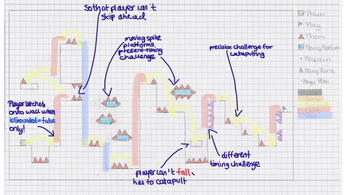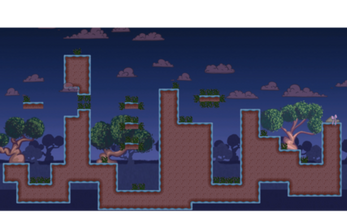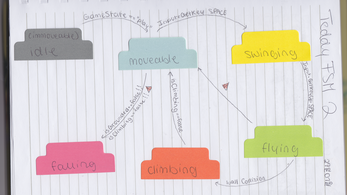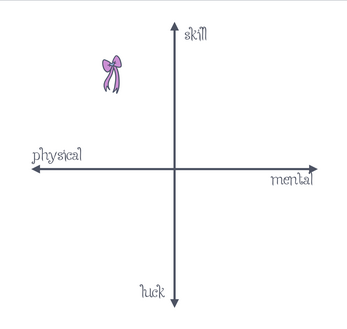i am your teddy
A downloadable game for Windows
Pitch: A narrative platformer about a lost teddy bear trying to return to its owner.
Engine: Unity, C#
Other Software: Asana (production)
My Roles: Producer, level designer, mechanics & systems designer, programmer
Team: Game designer Louis Schots, Animator Felix Cheng
Timespan: late 2020 - early 2021 (≈4 months)
Brief: This game was developed as part of my BA Games Design course.
Concept & Development: Teddy has been lost by a child in the forest and is trying to find his way back by following the trail of ribbons (at the end of each level). Teddy has a climbing mechanic for vertical traversal and a swinging mechanic for horizontal traversal. The development was heavily focused on state machines and the interconnectivity of mechanics.
Link to the development process presentation: https://prezi.com/view/zkWhpCxLfZF85PgzK5ZH/
| Status | Prototype |
| Platforms | Windows |
| Author | PocketMay |
| Genre | Platformer |





Leave a comment
Log in with itch.io to leave a comment.